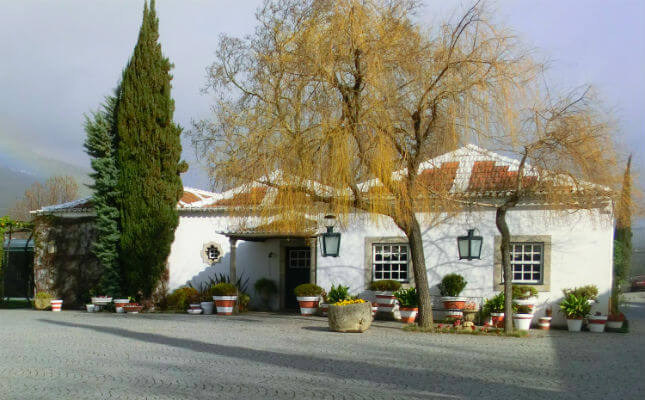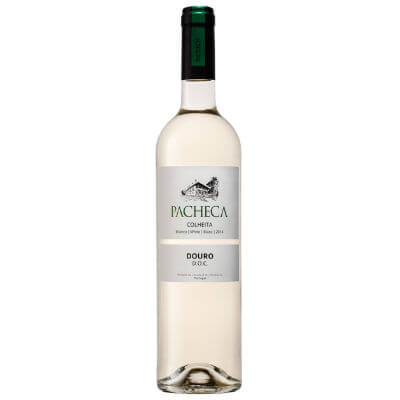Text João Barbosa | Translation Jani Dunne
I often get phone calls – this happens to everybody that writes about wine – and sometimes at quite inconvenient times, from people asking what wine they should buy for a dinner-party. I sigh and, for the sake of friendship, spill out a few.
This always happens when people are in a supermarket and in a hurry… time was wasted on meaningless stuff and wine ends up always being bought in a hurry, from the first fridge along the away.
I ask “When you buy a book, do you usually go to the supermarket? Or do you go to a book shop?”
Never mind. I mention some brands – makes it easier to understand – which often aren’t on the shelf. We switch roles and my friend tells me which are. Then, I will name an equivalent one… “Well, there’s this one, that one and the other. Safe bets. Now you decide, I’m in the middle of (something) and have to finish up.”
Usually, they go for Quinta da Pacheca. These wines are found in the modern distribution chain, they are good-quality and present affordable prices.

Quinta da Pacheca – Photo by José Silva | All Rights Reserved
I have liked wine for quite a while now and am a diligent militant. Nowadays, it’s easier to find a good wine than it was 20 years ago. Back then, there were few brands, labels were bad, but not only the look was bad.
Still, there were already more than two handfuls of quality wine. Some have disappeared and others survived. Quinta da Pacheca has been bottling for ages and I have often bought from this company.
This producer popps up in my brain – on its good side – for many reasons: for having been introduced during my first long-lasting adult relationship, because my surname is Pacheco and because of the Riesling.
Much ahead of its time – apparently – Quinta da Pacheca was already producing single-variety wines, especially Riesling. This made for a happy buzz for those who didn’t have the pockets for foreign wines and wanted to, like a sponge (!), soak up the experience.
I defend Portuguese varieties, but I am never shocked if foreign varieties are farmed, as long as they aren’t certified as DOC (Denominação de Origem Controlada – Controlled Source Denomination for Portuguese Food & Beverage). Riesling from Quinta da Pacheca often comes to mind.
So far, people have realised that foreign varieties haven’t generated any advantages. Douro wines take on the identity of autochthonous varieties. In this case: Cerceal, Malvasia Fina, Gouveio and Moscatel Galego.

Quinta da Pacheca Colheita white 2014 in quintadapacheca.com
I can’t remember the Quinta da Pacheca range from the 90s. It’s quite wide these days. This Quinta da Pacheca Colheita white 2014 is easy and self-confident, well done.
It has the Douro accent and the breeze from Lamego. It’s refreshing, with a healthy 12.5% alcohol.
I think it has everything it takes to please many people, especially the price – they recommend charging five euros minus one cent. I am not everybody.
I understand why the “Galician Moscatel” variety (Moscatel Galego) was included in the plot of land. It makes the wine easier to drink and harder to resist (it’s not a flaw). Seeing as whites are usually drunk too cold, the sugar in this will bring out what could have been missing.
To me – someone who doesn’t have so much as half a litre to sell – Moscatel Galego should be excluded. It isn’t contributing to the Douro identity; I am not a fan of this variety. I have my personal taste; however, I write for the world to read and thus must step off the scales. This wine deserves to be bought and it will certainly be hard to let go.
For more on Quinta da Pacheca read José Silva‘s previous article here.
Contacts
Quinta da Pacheca
Cambres – 5100-424 Lamego
Portugal
Tel: (+351) 254 331 229
Fax: (+351) 254 318 380
E-mail: comercial@quintadapacheca.com | enologia@quintadapacheca.com
Website: www.quintadapacheca.com




Leave a Reply